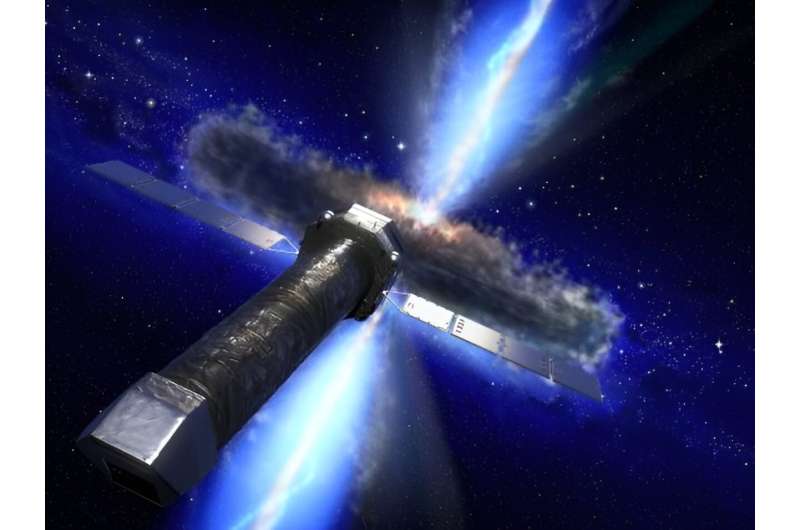
August 27, 2024 by Mark Thompson, Universe Today
Collected at: https://phys.org/news/2024-08-ray-telescopes-exoplanets-astronomers.html
Exoplanets are often discovered using the transit method (more than three-quarters of those discovered have been found this way.) The same transit technique can be used to study them, often revealing details about their atmosphere.
The observations are typically made in visible light or infrared, but a new paper suggests X-rays may be useful, too. Stellar wind interactions with the planet’s atmosphere, for example, would lead to X-ray emissions revealing information about the atmosphere.
As we further our exploration of exoplanets, we develop our understanding of our own solar system and ultimately, the origins of life in the universe.
The first planet around another star was confirmed in 1992. Since then, astronomers around the world have discovered thousands of exoplanets with many differences. Some are gas giants like Jupiter, others small and rocky more like the Earth.
Their positions also vary from their host star with some tantalizingly orbiting within the habitable zone, the region where liquid water is a distinct possibility. Most discoveries are in the visible spectrum, but using X-ray telescopes has opened up a new window in our hunt for and understanding of alien worlds.
Most of the exoplanets that have been discovered using visible light tend to be on short-period orbits, and as a result of their proximity to their host star, are subject to high levels of radiation. These levels of radiation are often in the X-ray and extreme ultraviolet range and they heat the upper levels of the planet’s atmosphere. The result is that the atmosphere expands beyond the radius where the gravitational pull can keep hold of it and so gases are lost into space.
It is interesting that such a phenomenon offers some interesting areas for study, such as the lack of planets in the 1.5- to 2-Earth-radius range and of Neptune-sized planets on orbits of 10-day periods or less.
It has been suggested that the loss of atmospheric gases explains the scarcity of Neptune-sized planets on close orbits. However, the so-called sub-Neptunes, which have rocky cores, have a higher gravitational force, so they are able to hang on to their atmospheres despite their close proximity to the star. Studying exoplanet atmospheres should go some way to understanding these processes in greater detail.
X-ray transit events are the perfect way to study X-ray emissions from exoplanet transits. The events are, however, quite faint, making X-ray observations difficult with current technology.
A team of astronomers from the University of Michigan led by Raven Cilley have posted a paper to the preprint server arXiv exploring the capability of future X-ray observatories (such as NewAthena and Advanced X-ray Imaging Satellite—AXIS) in detecting more transit events.
Using data from NASA’s Exoplanet Archive, the team first found targets which were missing X-ray observations and estimated X-ray luminosity from age, color and rotation. The transits were modeled as they would appear in AXIS and NewAthena observations, and researchers determined the probability of each transit to be detectable using simulated light curves.
The team found that their top 15 transits were likely to be detected, but only if multiple light curves were stacked. Those exoplanets with an absence of atmospheric escape were less likely to be detected.
The findings showed that the likelihood of detecting exoplanet-transit X-rays increases substantially with new technology like AXIS and NewAthena. The enhanced capability will lead to an improved understanding of exoplanetary atmosphere properties in their current and prior states, also improving our chances in the hunt for habitable worlds.
More information: Raven Cilley et al, Detecting exoplanet transits with the next generation of X-ray telescopes, arXiv (2024). DOI: 10.48550/arxiv.2408.06417
Journal information: arXiv

Leave a Reply